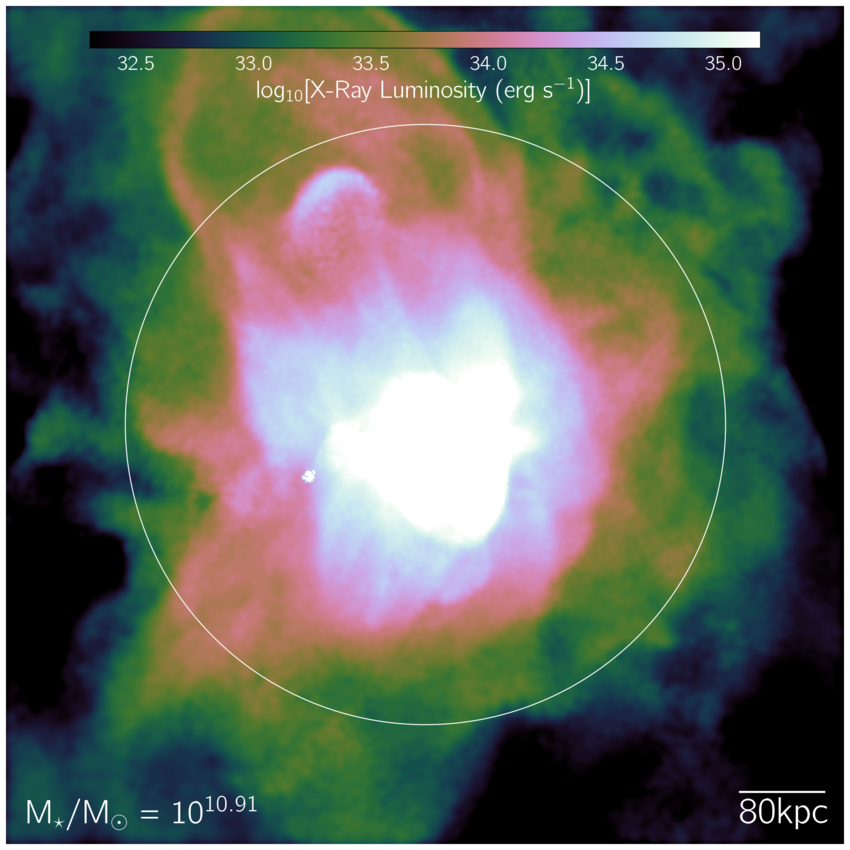
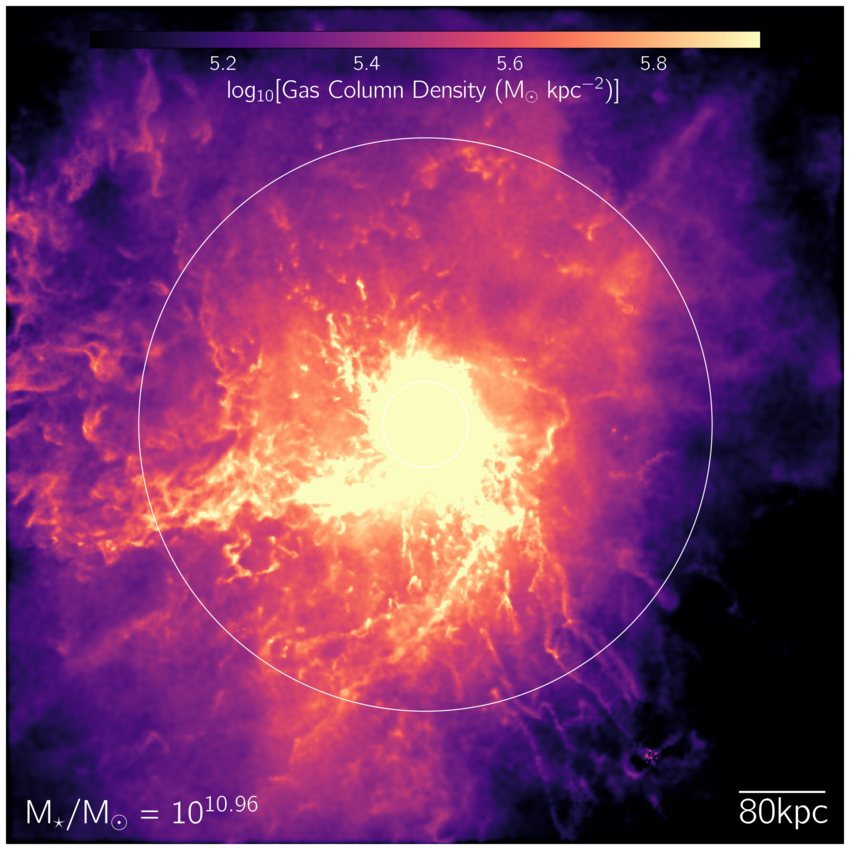
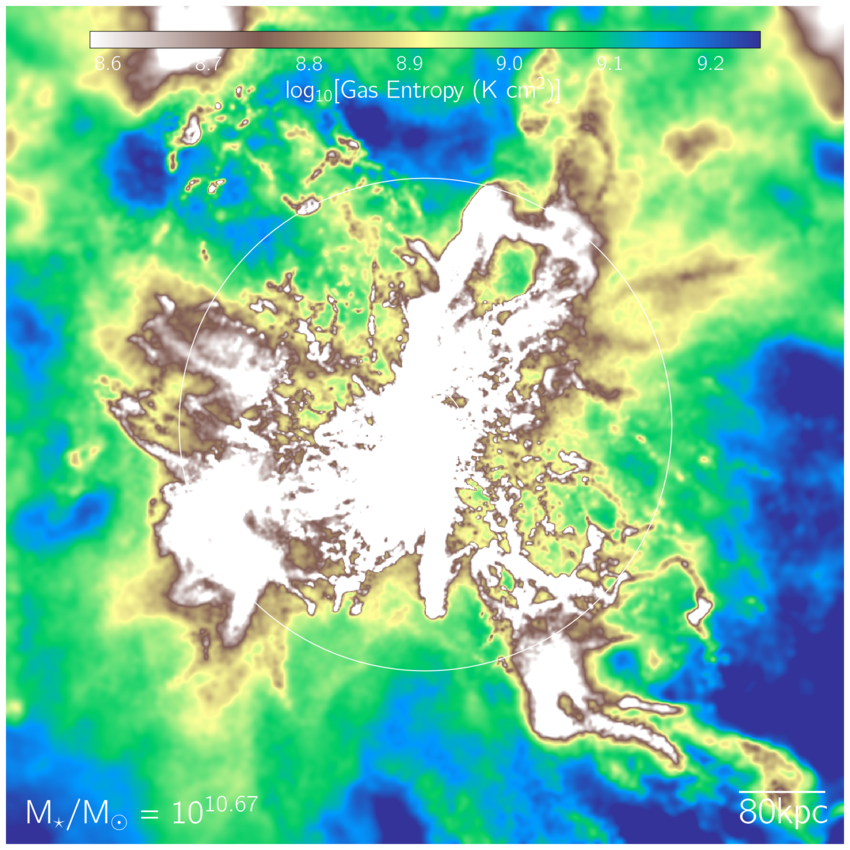
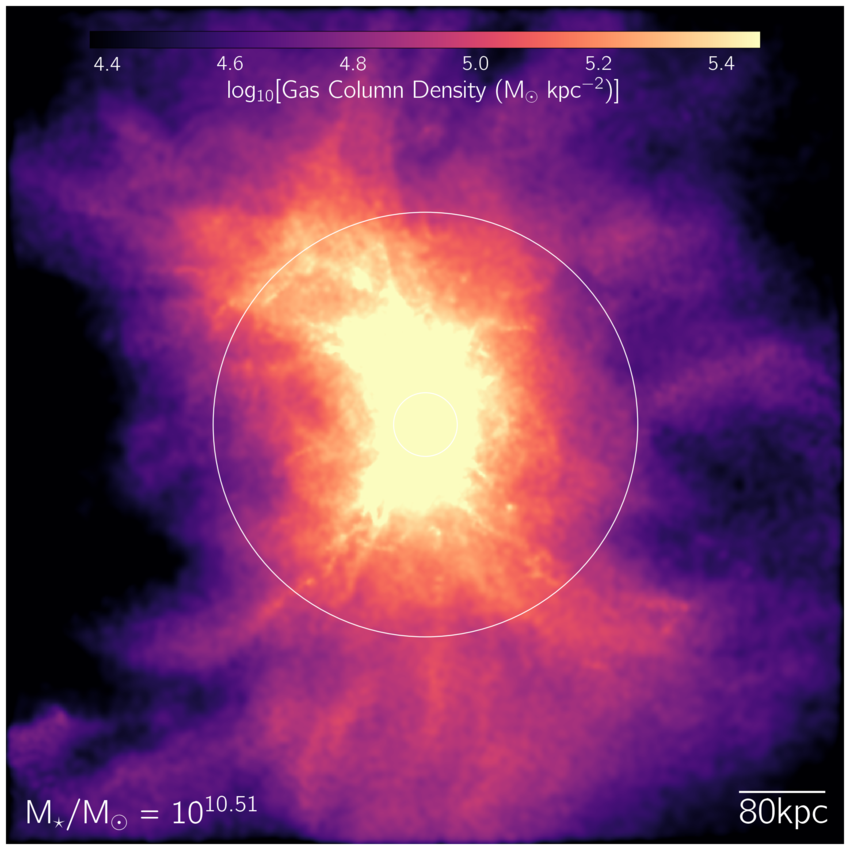
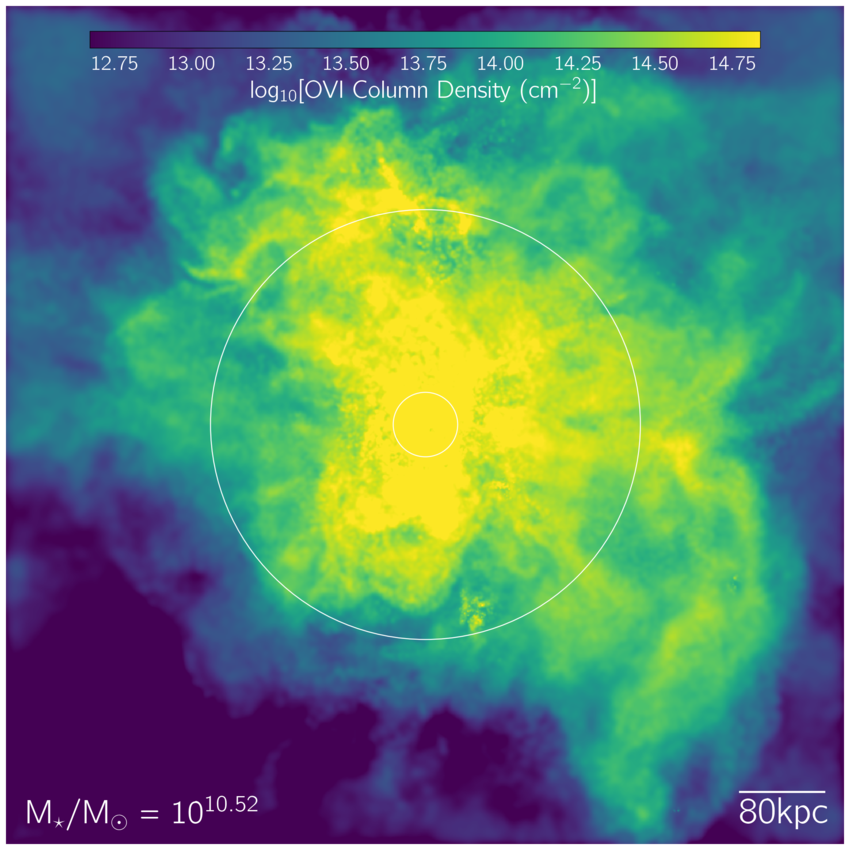
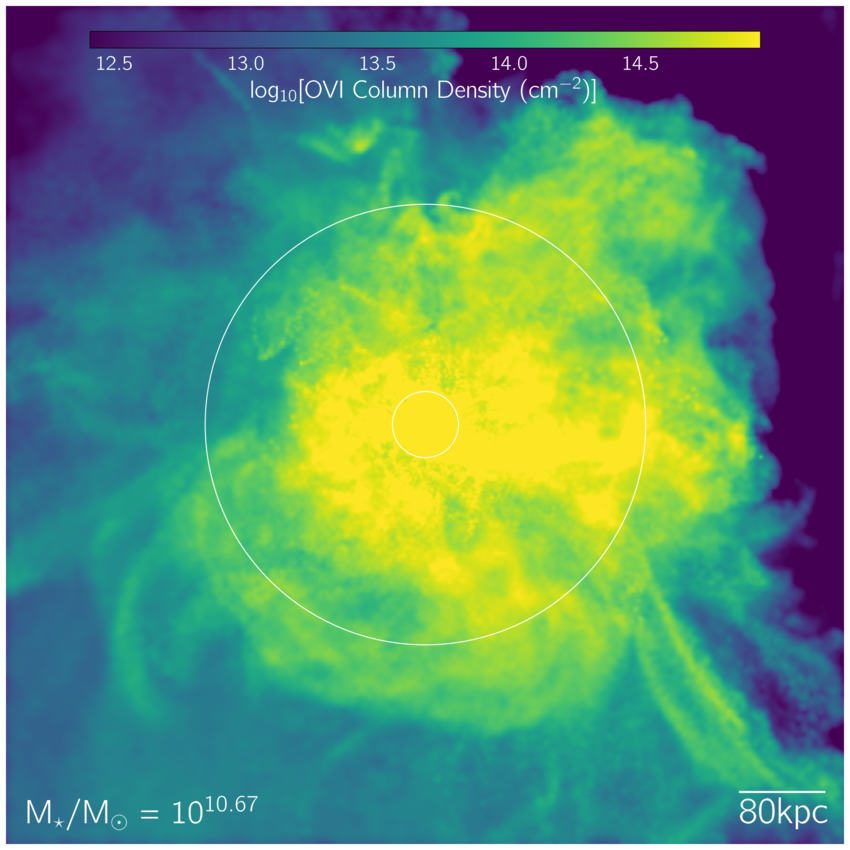
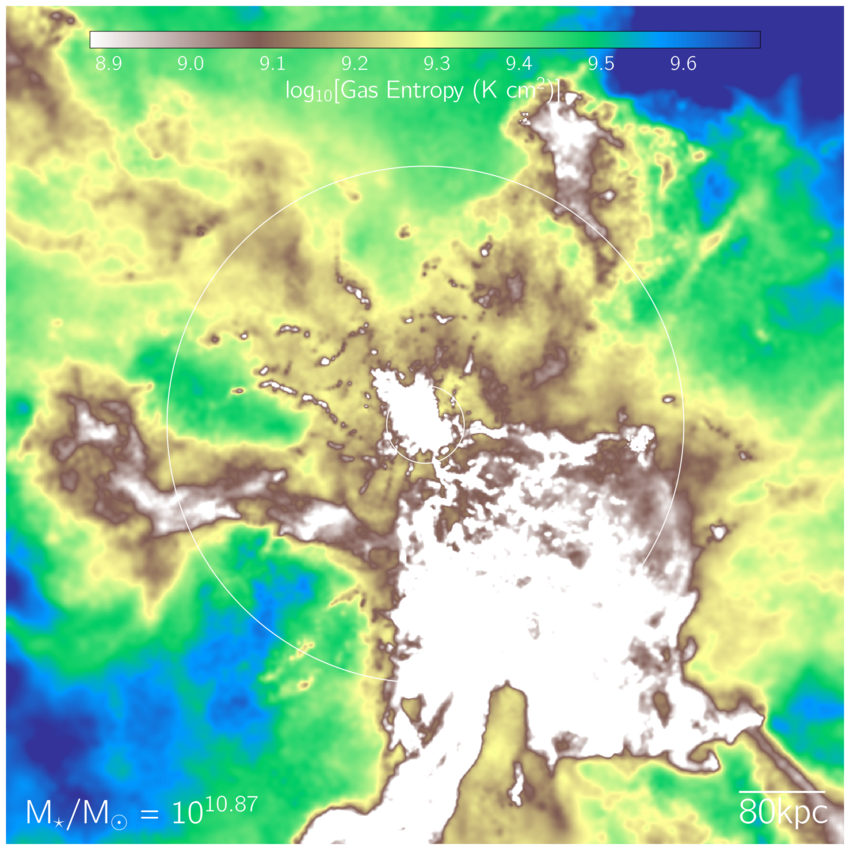
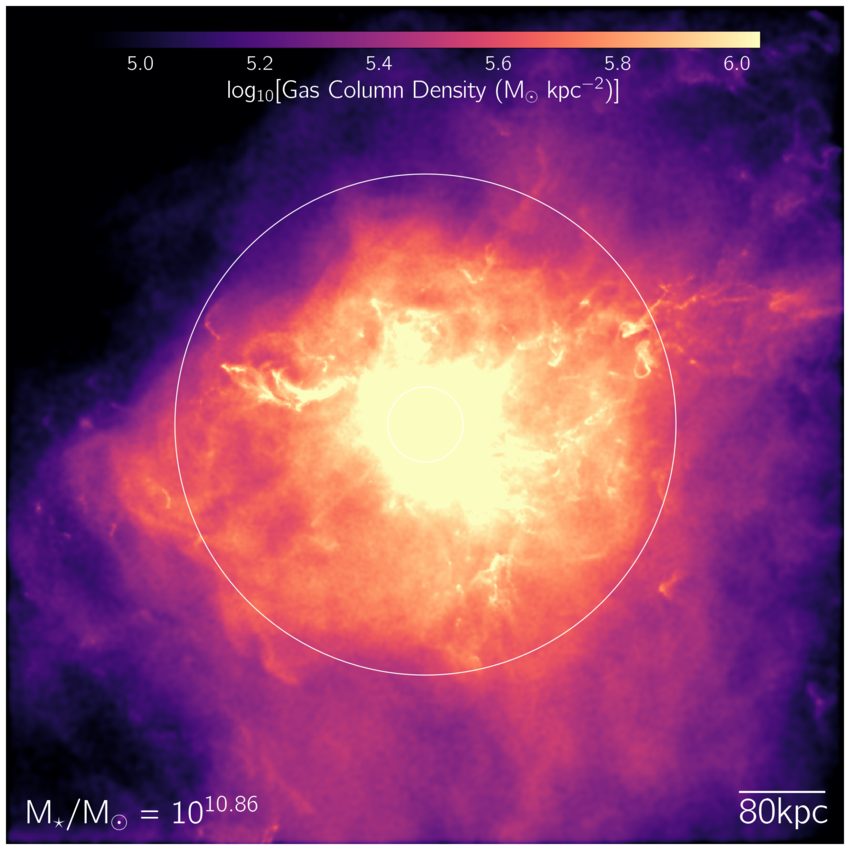
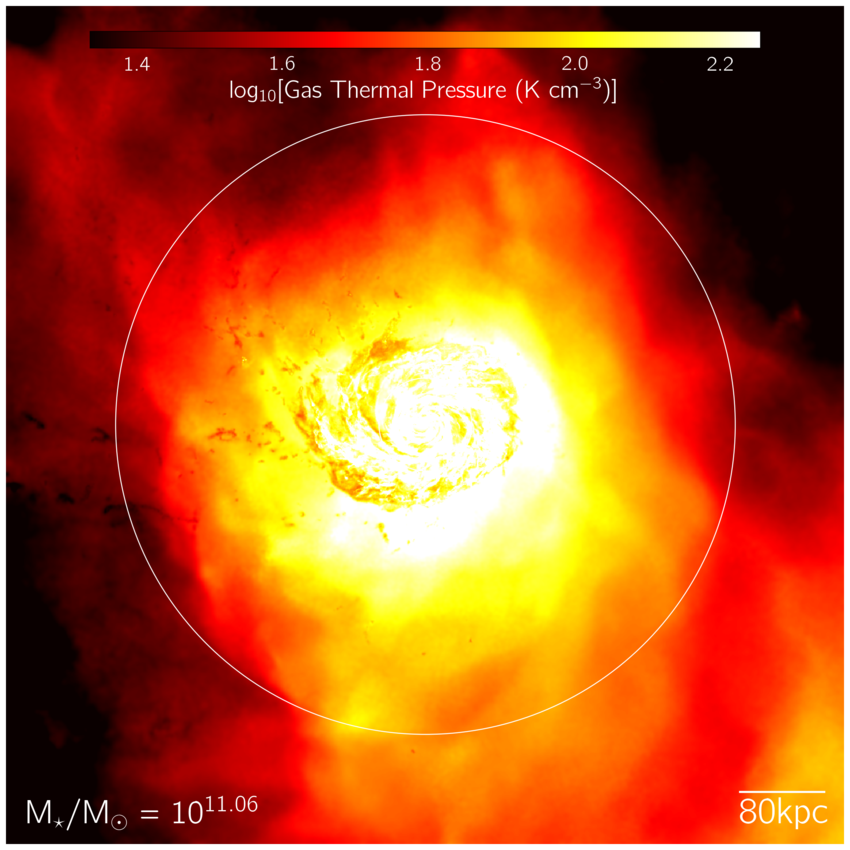
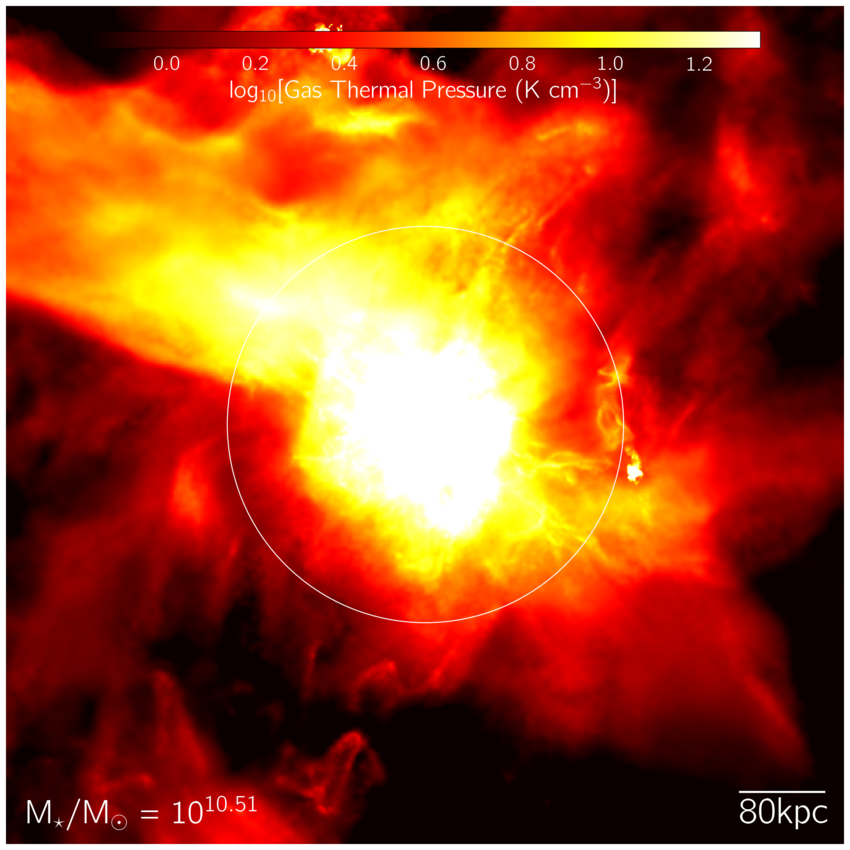
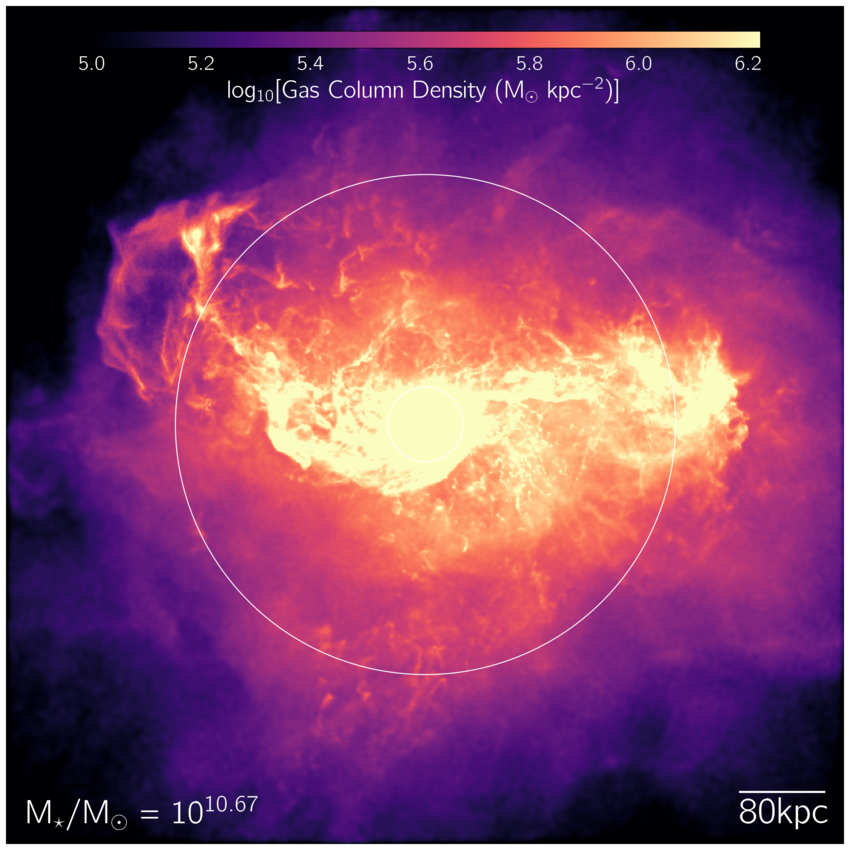
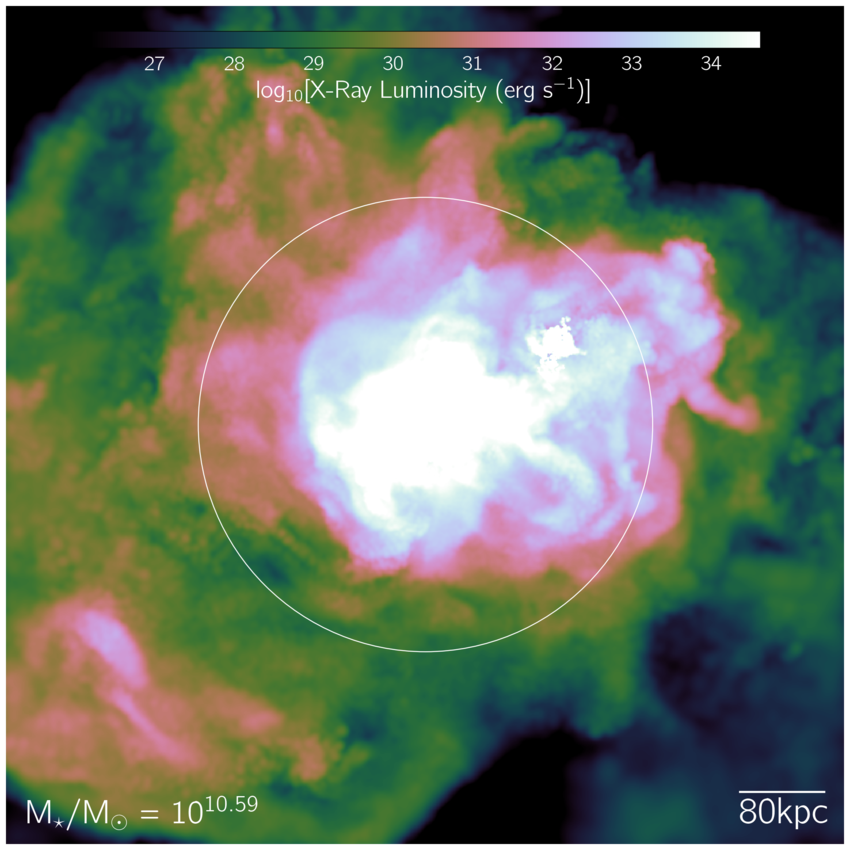
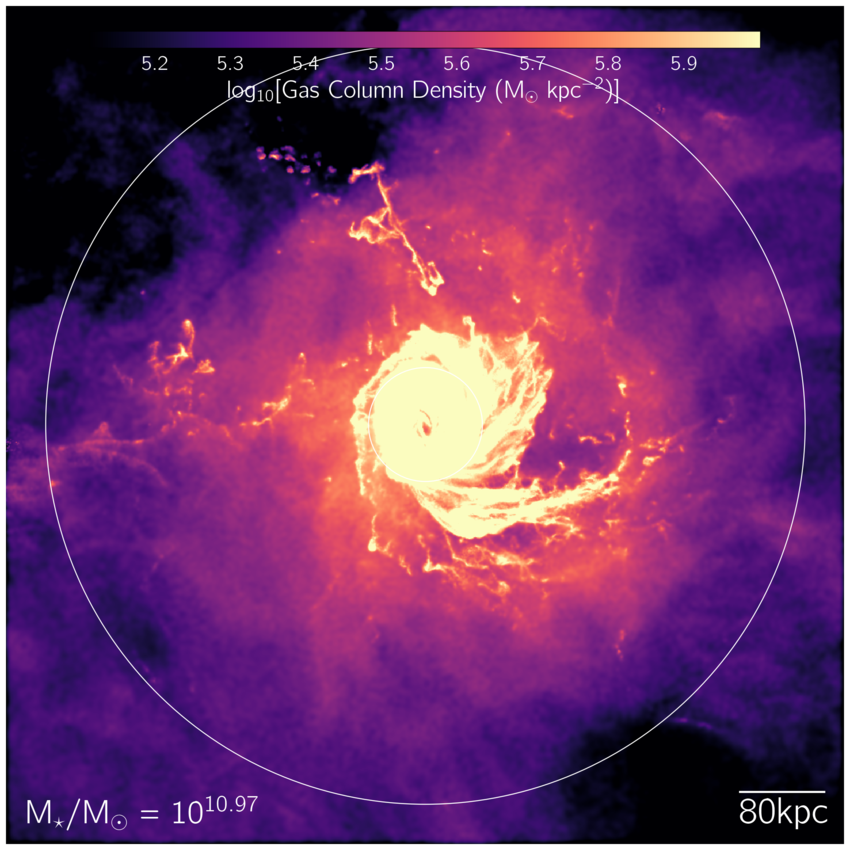
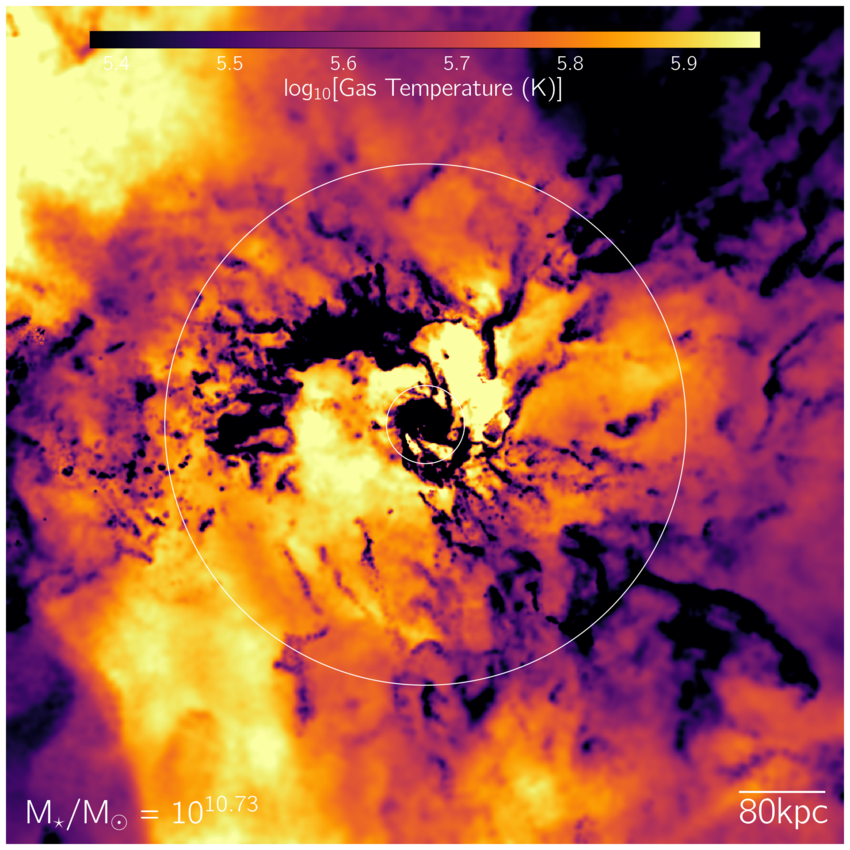

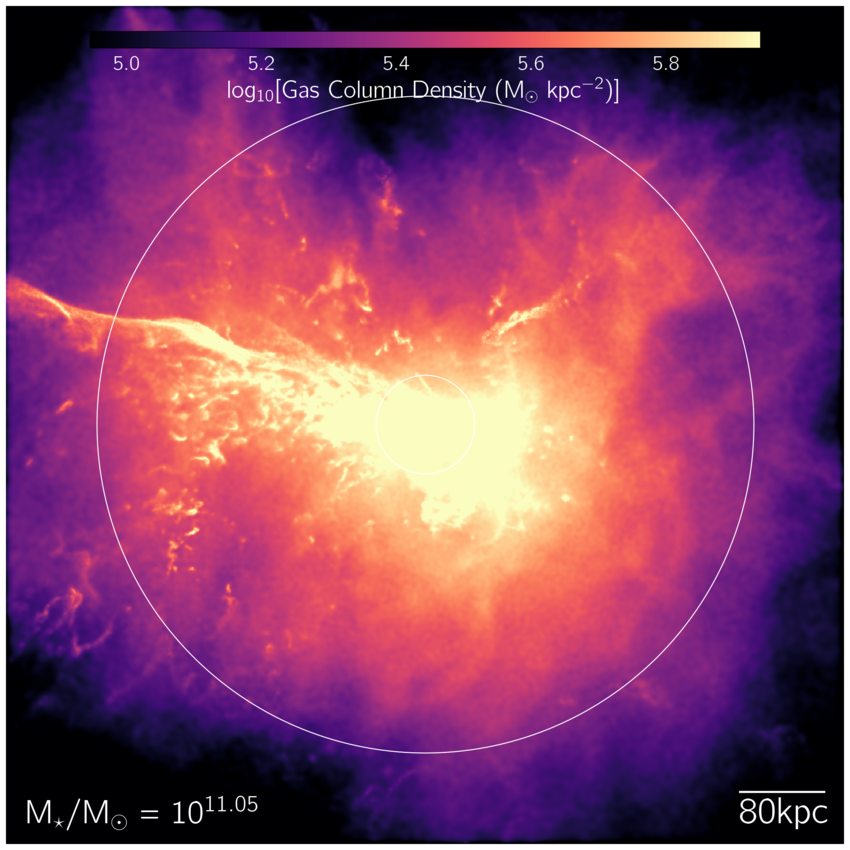
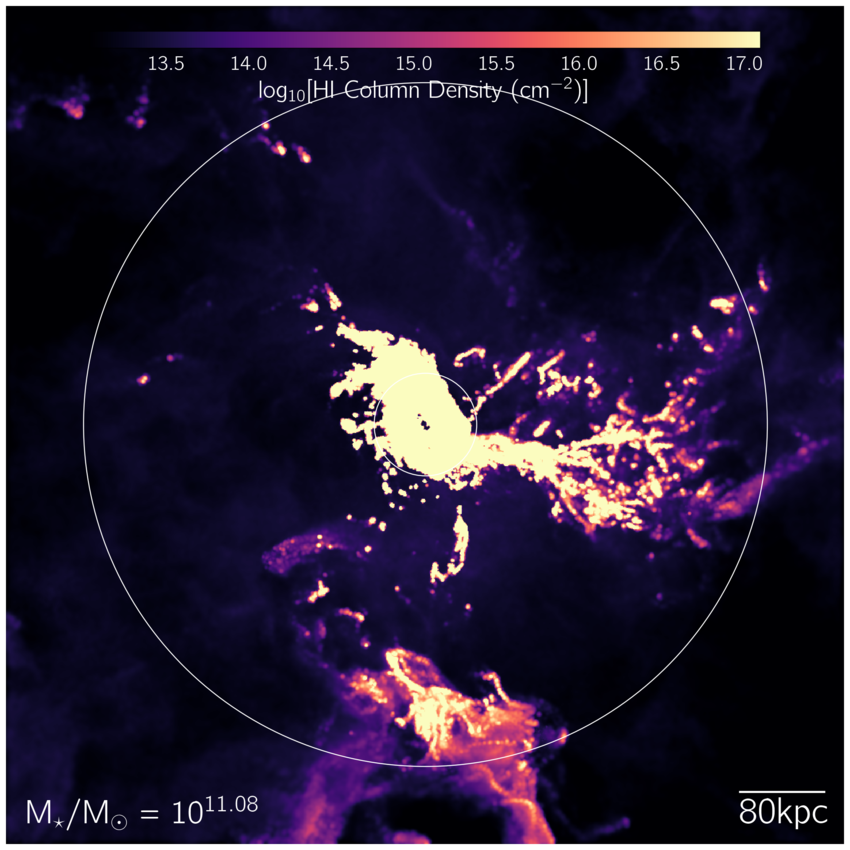
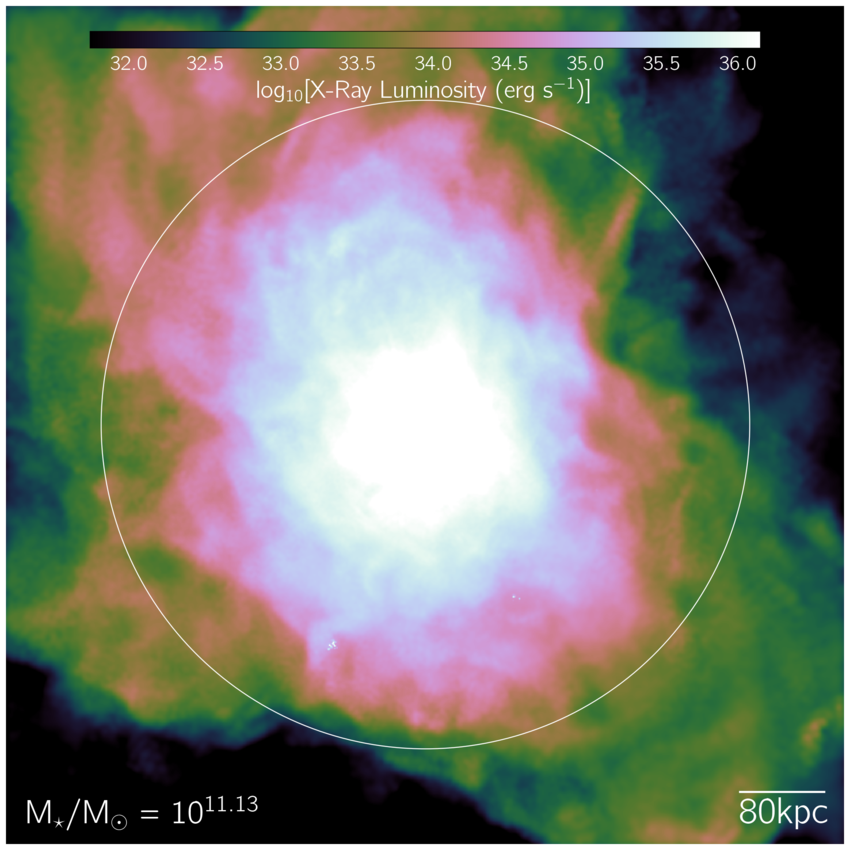
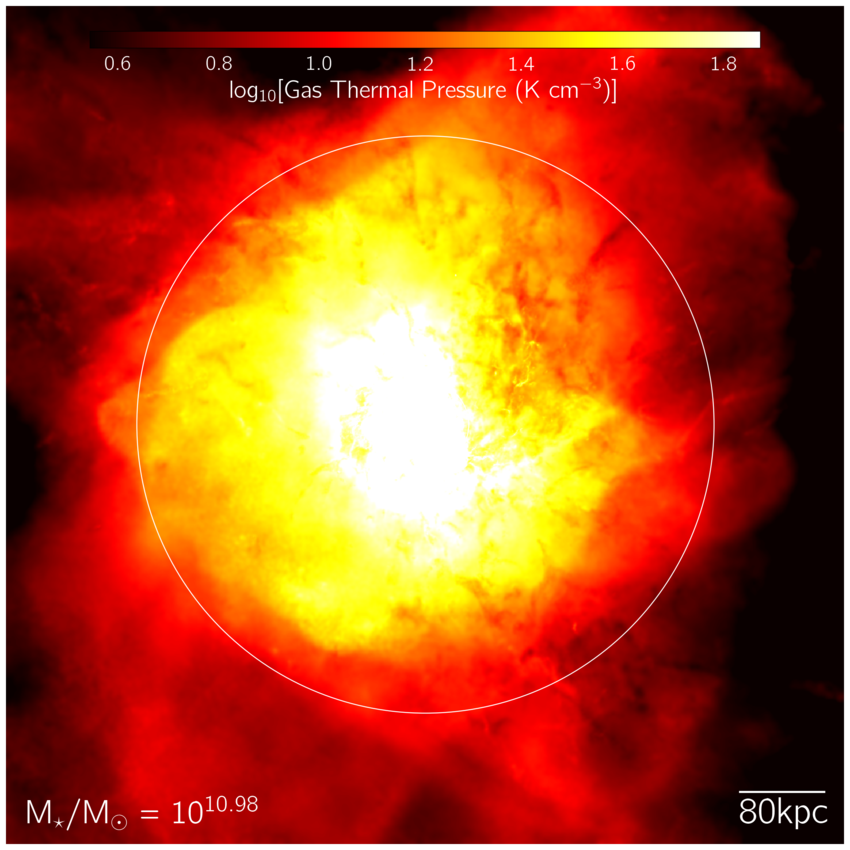
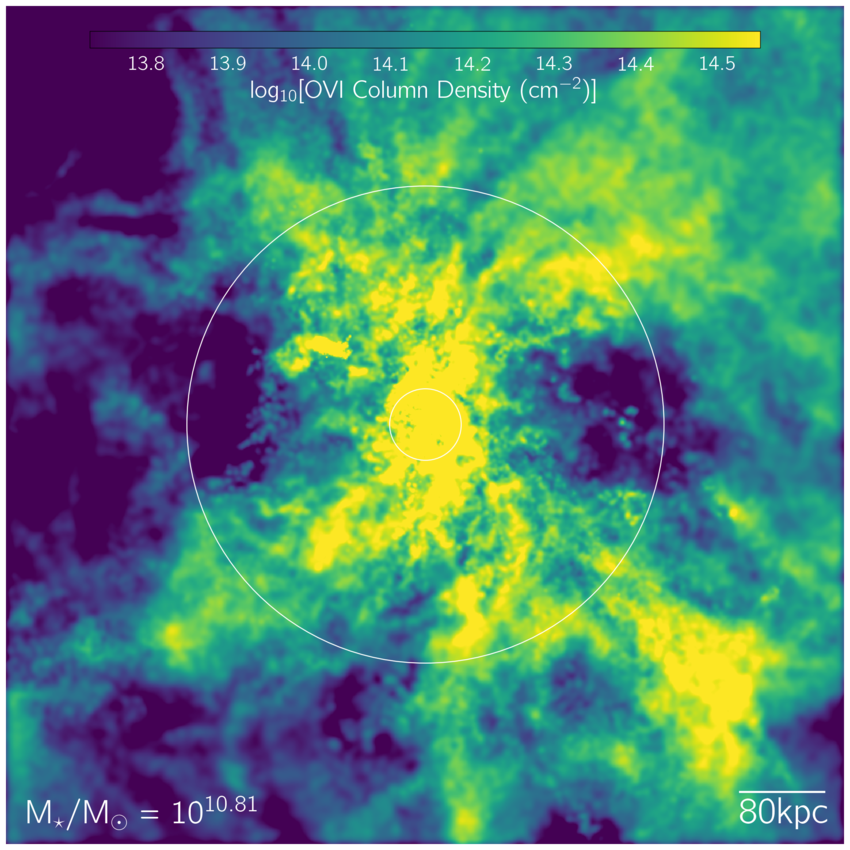
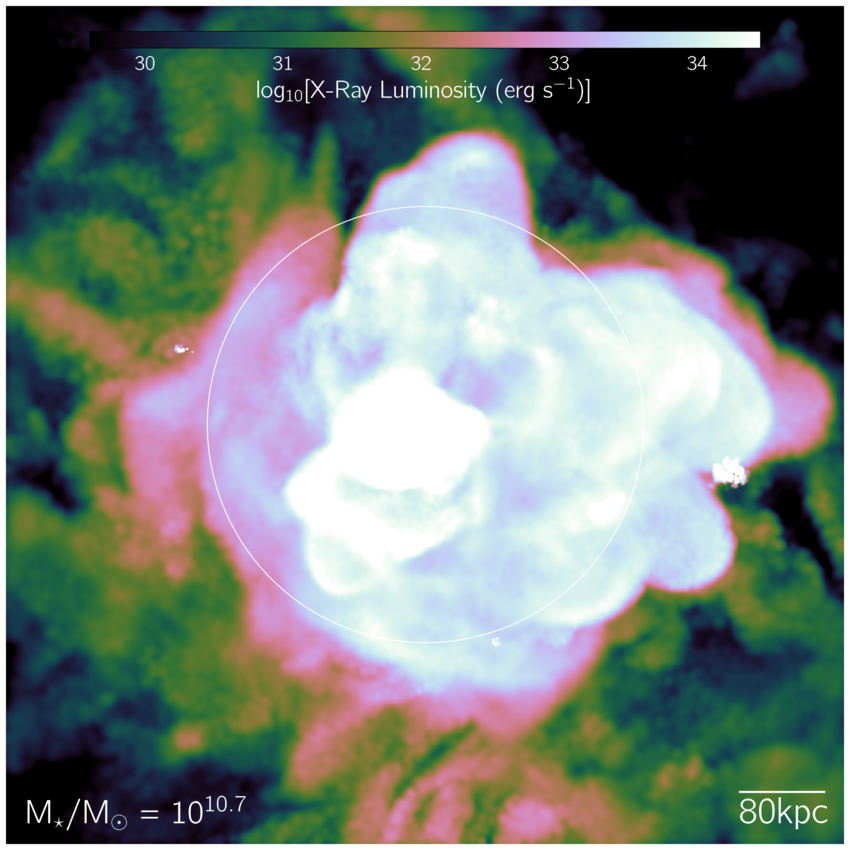
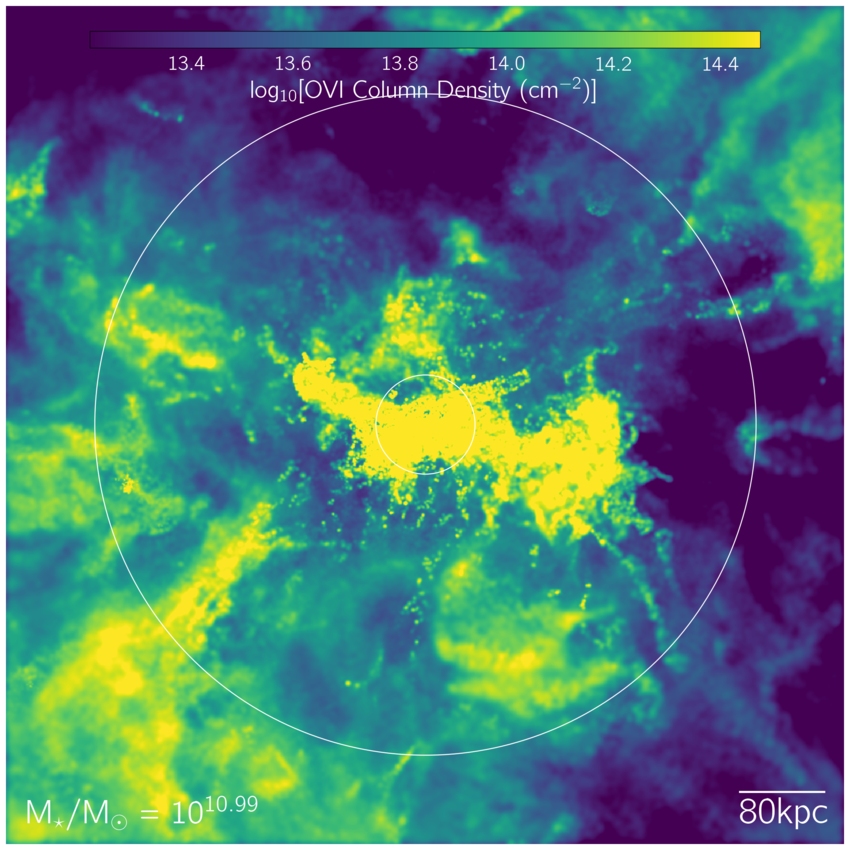
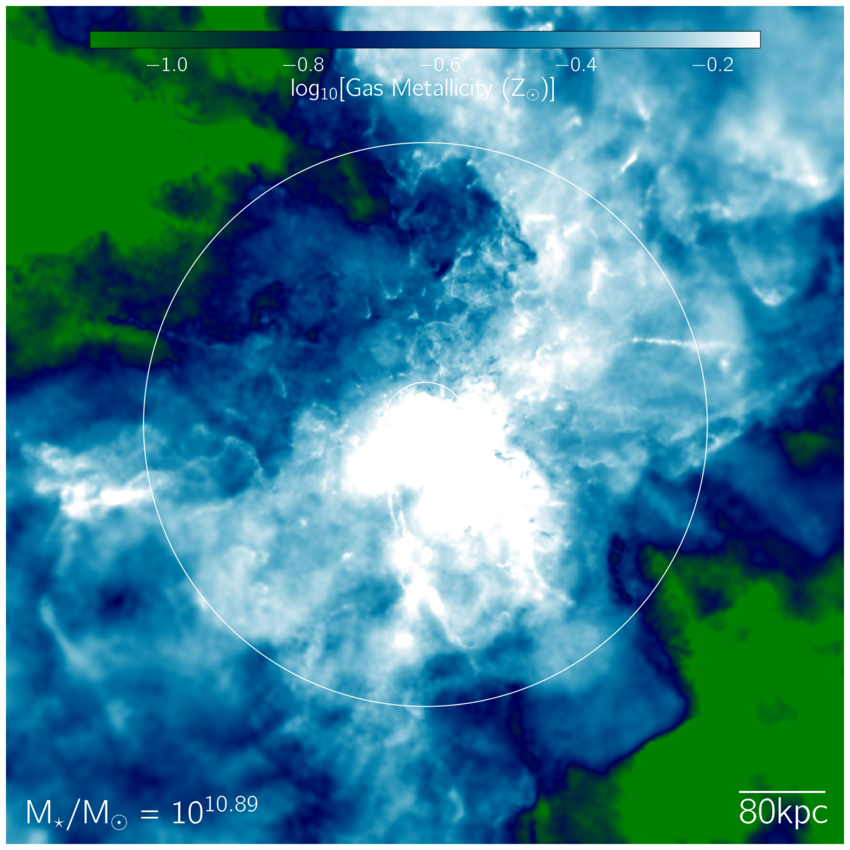
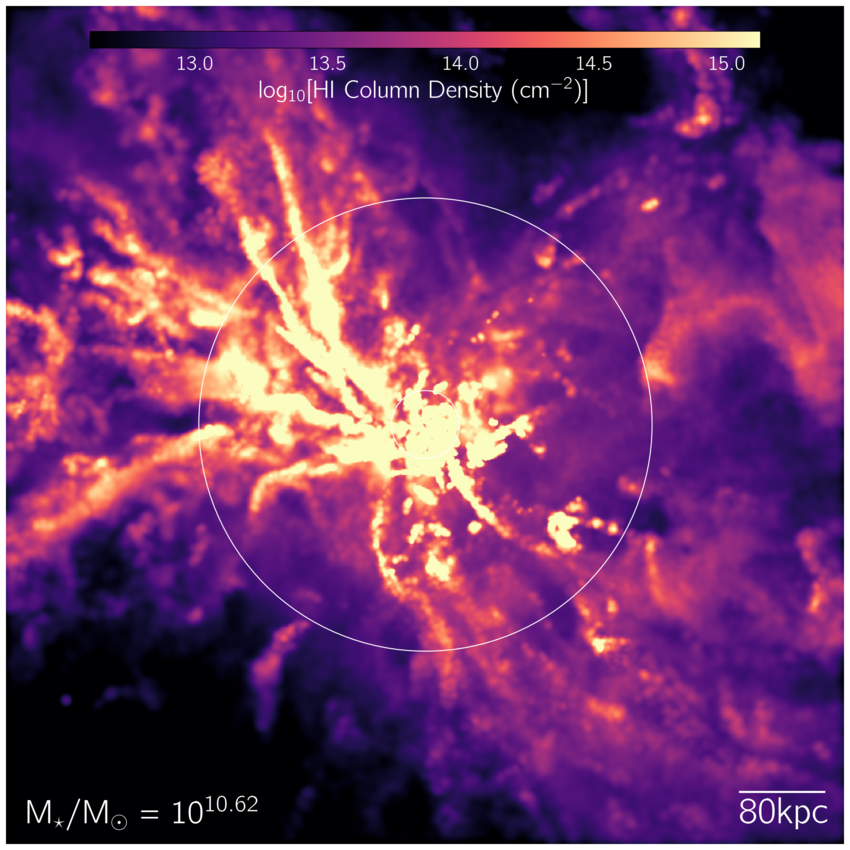
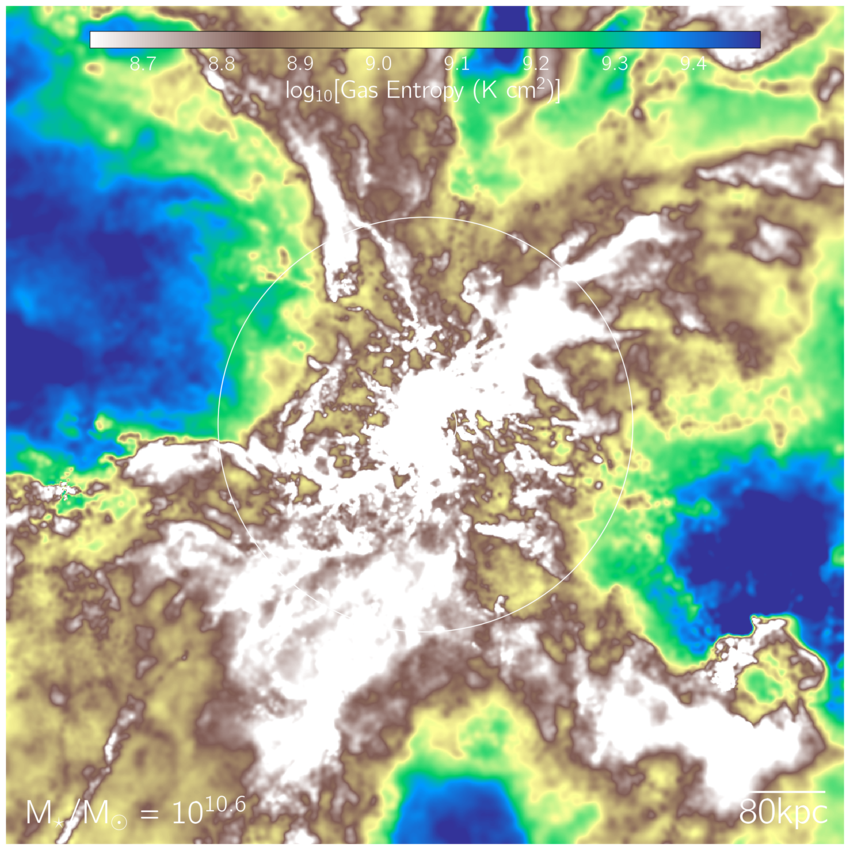
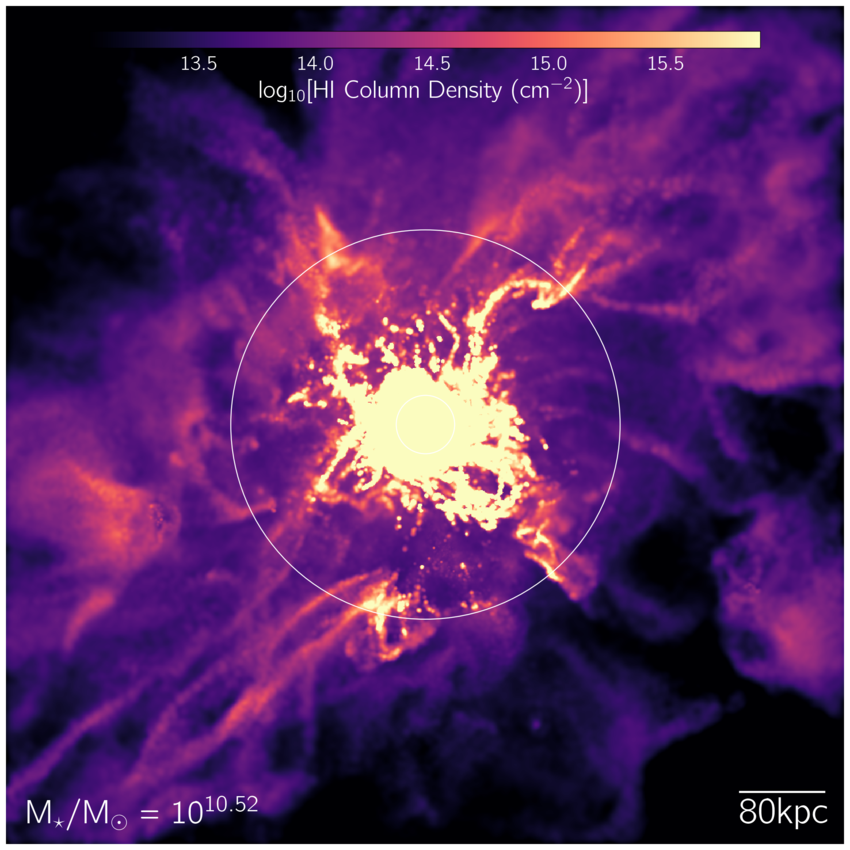
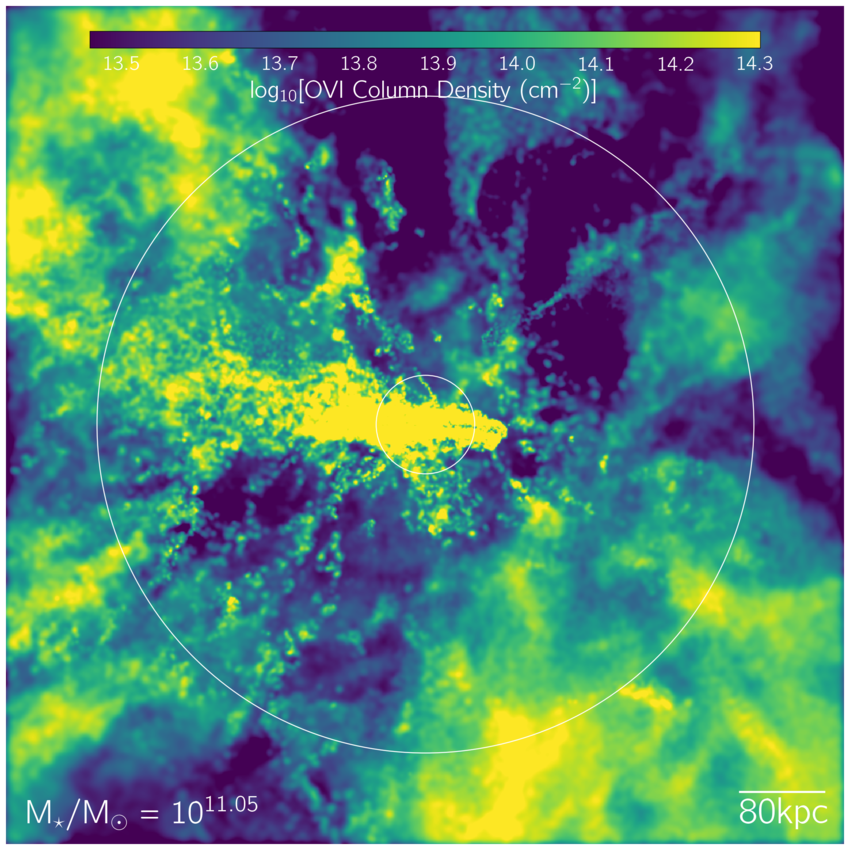



Nelson+ (2019) halo-scale gas flow morphologies from TNG50.
Pillepich+ (2019) galaxy kinematic maps from TNG50, stars.
Pillepich+ (2019) galaxy kinematic maps from TNG50, gas.
Rodriguez-Gomez+ (2019) stellar light images and morphological measurements for TNG50.
Rodriguez-Gomez+ (2019) stellar light images for TNG50.
Peroux+ (2020) metallicity vs radial velocity for CGM gas in TNG50.
Pillepich+ (2021) eROSITA-like X-ray bubbles in the CGM of Milky Way/M31-like galaxies in TNG50.
Ramesh+ (2023a) circumgalactic medium of Milky Way/M31-like galaxies in TNG50.
Ramesh+ (2023b) cold clouds in the CGM of TNG50 Milky Way/M31-like galaxies.
Pillepich+ (2024) sample of Milky Way/M31-like galaxies from TNG50. Stellar light images.
Pillepich+ (2024) sample of Milky Way/M31-like galaxies from TNG50. Physical properties.
Zinger+ (2023) Zooniverse Cosmological Jellyfish from TNG50 and TNG100.
Bottrell+ (2024) HSC-SSP stellar light mocks from TNG50.
Bottrell+ (2024) idealized stellar light mocks from TNG50.
These images are similar to Figures 2 and 3 of Ramesh+ (2023a). They visualize the physical properties of the gaseous halos surrounding Milky Way/M31-like galaxies in TNG50, at redshift zero. These views of the circumgalactic medium (CGM) are all shown on the scale of the virial radius of the parent dark matter halo (largest white circle). Note that satellite galaxies are intentionally excluded! Each galaxy in this sample of 198 is shown eight times, visualizing: gas column density, temperature, thermal pressure, entropy, HI column density, metallicity, OVI column density, and x-ray luminosity. You can zoom out, in the web browser, to fit more images on the screen at once. Note that eight of these galaxies are in fact satellites themselves.
No more images.